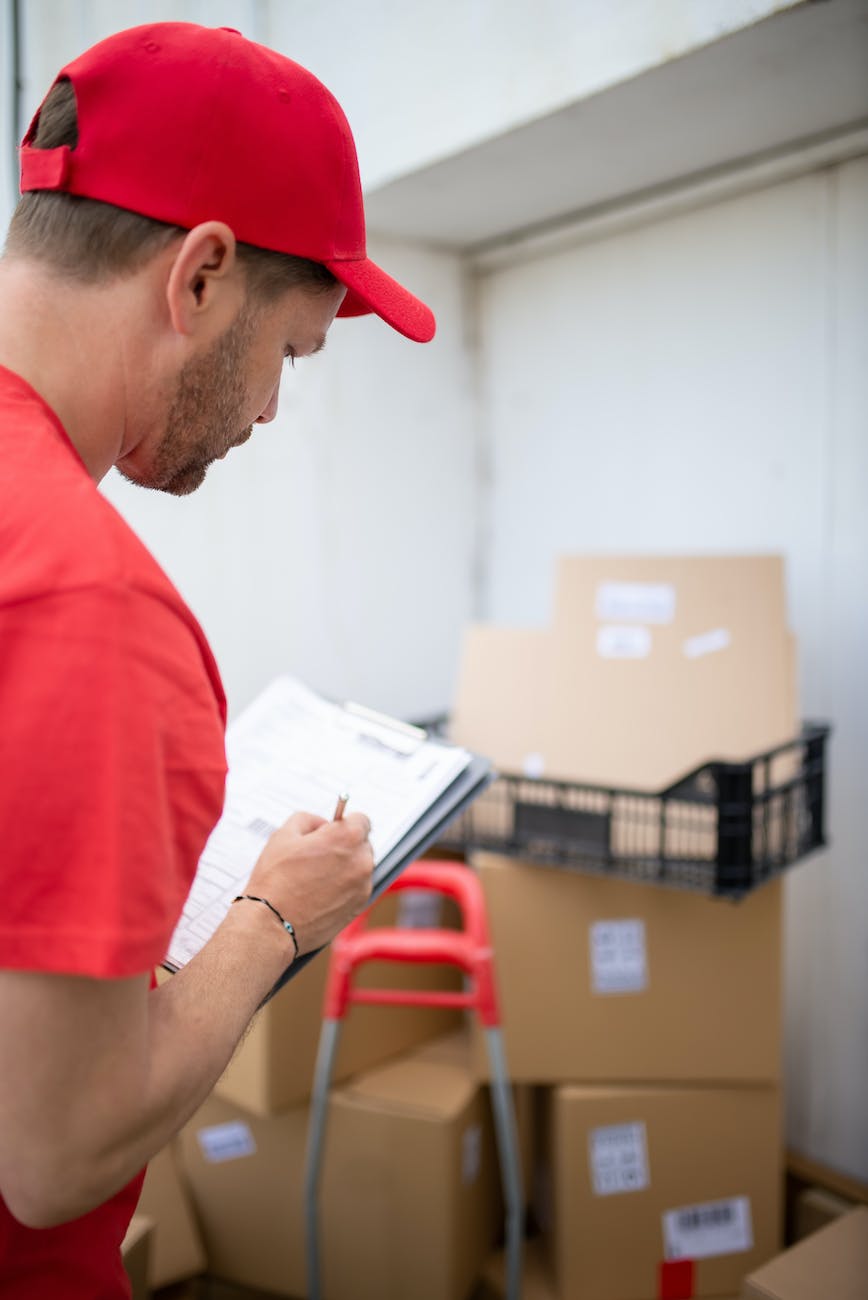
Safety Audit Checklist: Ensuring Comprehensive Safety Measures
Safety in any environment, whether it’s a workplace, a construction site, or even your home, is of paramount importance. Conducting regular safety audits is a proactive way to identify potential hazards, mitigate risks, and create a secure environment for everyone involved. In this article, we will delve into the key components of a safety audit checklist, guiding you through the essential steps to ensure safety remains a top priority.
Introduction
Safety audit checklists serve as systematic tools to evaluate the safety measures in place within an organization or a particular setting. These checklists encompass a range of factors, from physical infrastructure to employee training, aiming to create a comprehensive overview of safety protocols.
The Importance of Safety Audits
Safety audits go beyond mere compliance; they demonstrate a commitment to the well-being of individuals associated with a particular environment. By conducting regular safety audits, organizations can identify potential risks, address gaps in safety measures, and prevent accidents before they occur.
Preparation for the Audit
Before commencing a safety audit, thorough preparation is essential. This includes gathering all necessary documentation related to safety protocols, assembling a proficient audit team, and clearly defining the objectives of the audit. Having a well-defined purpose ensures that the audit focuses on specific areas that need attention.
Physical Safety Measures
Machinery and Equipment Inspections
One crucial aspect of safety audits involves assessing the condition of machinery and equipment. Regular inspections help identify mechanical faults, ensuring that tools are in optimal working condition and pose no threats to users.
Fire Safety and Emergency Exits
In any setting, fire safety is paramount. Audits must verify the presence of functional fire extinguishers, clear emergency exit routes, and well-labeled evacuation plans.
Hazardous Material Handling
For industries dealing with hazardous materials, proper storage, handling, and disposal are vital. Audits should ensure compliance with safety protocols in these critical areas.
Safe Work Practices
Personal Protective Equipment (PPE)
Employees working in potentially hazardous environments must have access to appropriate PPE. Audits ascertain whether employees are equipped with the necessary gear and are using it correctly.
Training and Certification
Ensuring that employees are well-trained and certified for their roles is crucial. Audits confirm that all personnel have undergone the necessary training to perform their tasks safely.
Worksite Housekeeping
A cluttered workspace can lead to accidents. Safety audits focus on the organization and cleanliness of the environment to prevent potential hazards.
Risk Assessment and Management
Identifying Potential Hazards
Audits involve identifying possible risks, which could range from exposed wires to slippery floors, enabling timely corrective action.
Assessing Risk Levels
Not all risks are equal in severity. Audits help assess and prioritize risks based on their potential impact, ensuring efficient allocation of resources for mitigation.
Developing Mitigation Strategies
Once risks are identified, audits help in devising strategies to reduce or eliminate those risks. This could involve rearranging workspaces, installing safety barriers, or improving ventilation.
Compliance with Regulations
Regulatory Compliance Checks
Adhering to governmental regulations is non-negotiable. Audits confirm compliance with all applicable laws and regulations.
Adherence to Industry Standards
In addition to regulations, industries often have specific safety standards. Audits ensure that the organization is in line with these industry-specific benchmarks.
Audit Documentation and Reporting
Comprehensive Audit Reports
Detailed reports are a result of safety audits. These reports outline findings, recommendations, and proposed corrective actions.
Corrective Action Plans
Should any discrepancies or risks be identified, an effective corrective action plan is essential. Audits help in creating actionable plans to address issues promptly.
Ongoing Monitoring and Review
Safety is an ongoing process. Audits emphasize the need for continuous monitoring and regular review of safety measures to adapt to changing conditions.
Employee Involvement and Feedback
Encouraging Employee Input
Employees often have valuable insights into safety concerns. Audits should encourage employees to voice their observations and suggestions.
Implementing Feedback Mechanisms
Safety audits promote the establishment of feedback mechanisms that allow employees to contribute to safety improvement continually.
Continuous Improvement
Learning from Incidents
Audits emphasize learning from past incidents. This involves analyzing near misses, accidents, and other safety-related events to prevent their recurrence.
Regularly Updating the Checklist
Safety measures and risks evolve. Audits advocate for periodically reviewing and updating the safety checklist to ensure its relevance.
Benefits of Safety Audits
Safety audits yield several benefits, including reduced accidents, improved employee morale, regulatory compliance, and a proactive safety culture.
Conclusion
Safety audit checklists are potent tools that ensure safety remains at the forefront of any environment. By systematically assessing risks, compliance, and safety measures, organizations can foster a secure and productive atmosphere for everyone involved.
What is Safety Audit | Safety Audits Purpose | Types of Safety Audit
FAQs
- What is a safety audit checklist? A safety audit checklist is a structured tool used to assess and evaluate safety measures within an organization or setting.
- Who conducts safety audits? Safety audits are often conducted by trained professionals, internal safety teams, or external consultants.
- How often should safety audits be performed? The frequency of safety audits depends on the nature of the environment and any regulatory requirements. However, regular audits, such as annually or semi-annually, are recommended.
- What happens after a safety audit reveals issues? After a safety audit identifies issues, a corrective action plan is developed to address and rectify those problems promptly.
- How can employees contribute to safety audits? Employees can contribute to safety audits by providing feedback, reporting safety concerns, and actively participating in safety training programs.
























